After having recuperated from my stomach sickness, I was ready to leave La Paz and the amazing “Casa De Ciclistas”, where I met many inspiring and friendly cyclists. By far the best information you get is from other cyclists, whether it’s about the routes, where to find good hostels or places to camp, or where to get good food. When you ask the locals about the road ahead, they often describe the route from a car drivers point of view; distances are in hours by car, the uphills are not that long and steep, and the next town is always very close. When on the road though, you’ll often have to rely on the information you get from the locals. This forces me to ask a whole bunch of people, to try to get a clue about how the route will be like. Most of the time the information is not as correct as I want (or need) it to be, and I end up being irritated when the next town actually is 5 or 10 km farther away than what I thought. The few (extremely few!) signs that exists almost always show incorrect distances, so I’ve learnt to just rely on my map (and odometer) and always expect the road to be harder and longer than what I’ve been told.
Cycling up from central La Paz to El Alto, which is a vertical climb of about 400 m, was challenging after have being sick, but I was happy to leave the big and polluted city. Continuing on the Altiplano I reached Lago Titicaca the same day. This lake, situated on an altitude of about 3800 m above sea level, is the highest navigable lake in the world, and the area has been populated for more than 3000 years. It’s fascinating to see the mountains and hills covered with old terraces once used for agricultural purposes. Now it’s only parts of the hills that are being actively used for growing, which makes me think of the great civilization that once ruled this land. Today Bolivia and Peru are struggling countries in many ways, and it’s sad to think about the setback that happened when the conquistadors destroyed the development of this rich culture. I’ve spoken to many Peruvians who believe that if it the Inca empire had gotten the chance to live on, it would have been one of the greatest civilizations of the world today.
The Peruvian people still hold on tight to their culture and past though, a lot more than for example Chile and Argentina, countries that are a lot more influenced by Europe and the U.S. Many of the old people in Bolivia and Peru, especially in the mountain regions, still speak Quechua, the native language (actually a family of languages) of the northwest of South America. Many wear traditional clothing, the music has many influences from traditional music, and the people know a great deal of their past and heritage.
Crossing the border to Peru meant a sudden change of behavior among the people around me. People started to shout “Gringo”, and drivers honked their horns when passing me. Having come from Bolivia, where I barely spoke to the locals, this was a chock to me. Suddenly everyone wanted to speak to me, look at (and touch) my bike, whistle, honk or in some other way draw my attention. All this was very nice at first, but after a while I grew tired of all the honking and shouting. I know the majority of them do it just as a greeting and because they are curious of the crazy guy on a bicycle, but when (almost) every passing vehicle makes a very loud sound with their horns (sometimes scarily loud) it starts to go on your nerves. This is especially true when the honking isn’t for a nice reason; sometimes they just want you to get the hell away from the road. I try to hold my ground in these situations (i.e. stay on the road and not on the mostly bad conditioned shoulder), but it’s hard when there comes a speeding, monstrously large truck with no intentions to slow down.
In Bolivia many of the houses were painted with advertisement messages and logos. In Peru, the houses were covered by political messages instead.
After cruising on the southern shore of Lago Titicaca, I continued west towards Cusco. It was only the pass “Abra del Raya” that lay between me and Cusco, and after it there was a long and sweeping downhill leading all the way to the historical city.
The mountains of Peru are really impressive, with sometimes almost vertical hillsides and covered by lush green colors. To be able to have roads in these hilly terrains you need to build them with as little gradient as possible, and the Peruvians are according to me superb road constructors! The roads always wind up the hill in countless hairpin curves and the road slowly ascends without being too steep. This is perfect for a cyclist hauling a lot of weight, because it’s so much easier going up a long, moderate hill then a short steep hill.
In Cusco I stayed at “La Estrellita”, a very nice and bike-friendly hostel. They had tools and lots of spare parts from former cycling guests. I met many cyclists, and also motorcyclists, as this couple from New Zealand. The man said that the ruins in the region were nice, but that it was sometimes hard to distinguish which was a ruin and where people actually lived. I found that very funny, but also sad, because of the truth of it. Many people, especially on the countryside, live in adobe, and often half-ready houses without any isolation from the extreme cold that exists in the mountains.
To be continued… 🙂
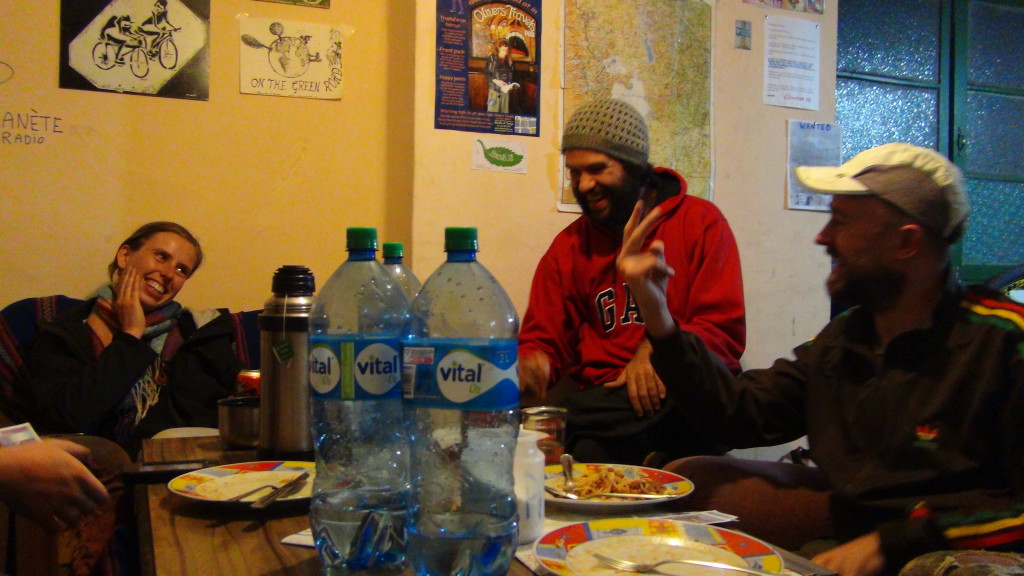
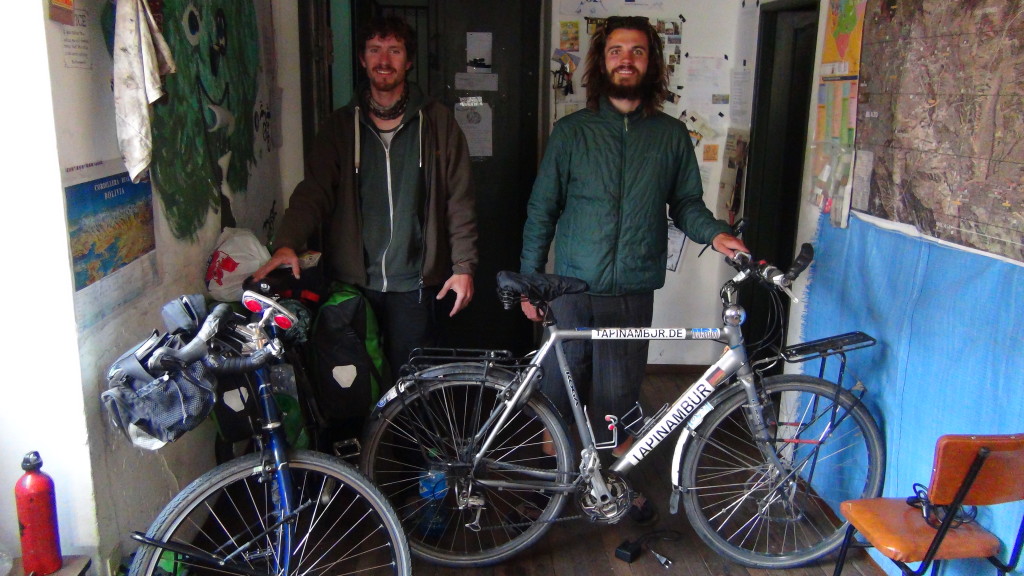
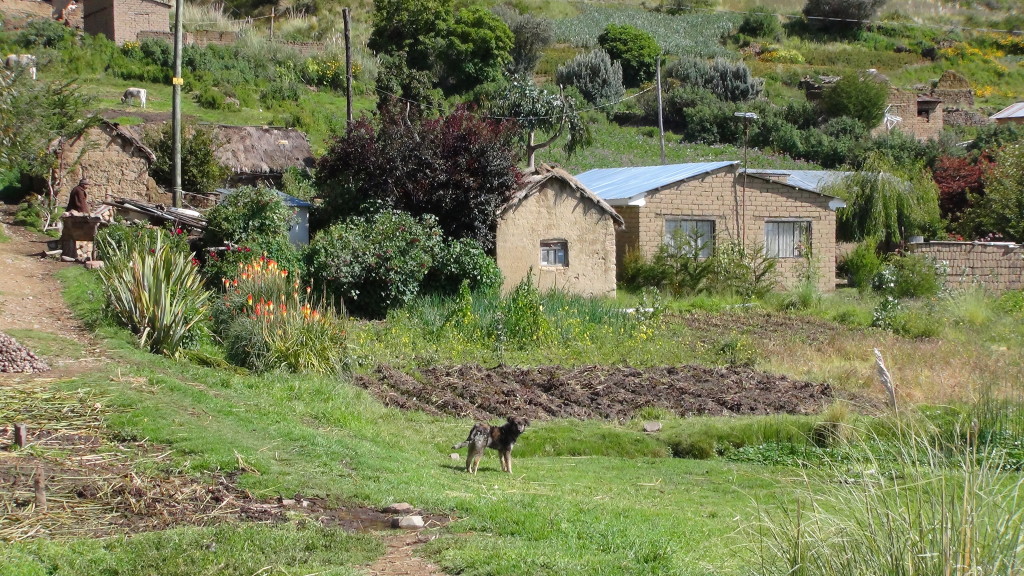
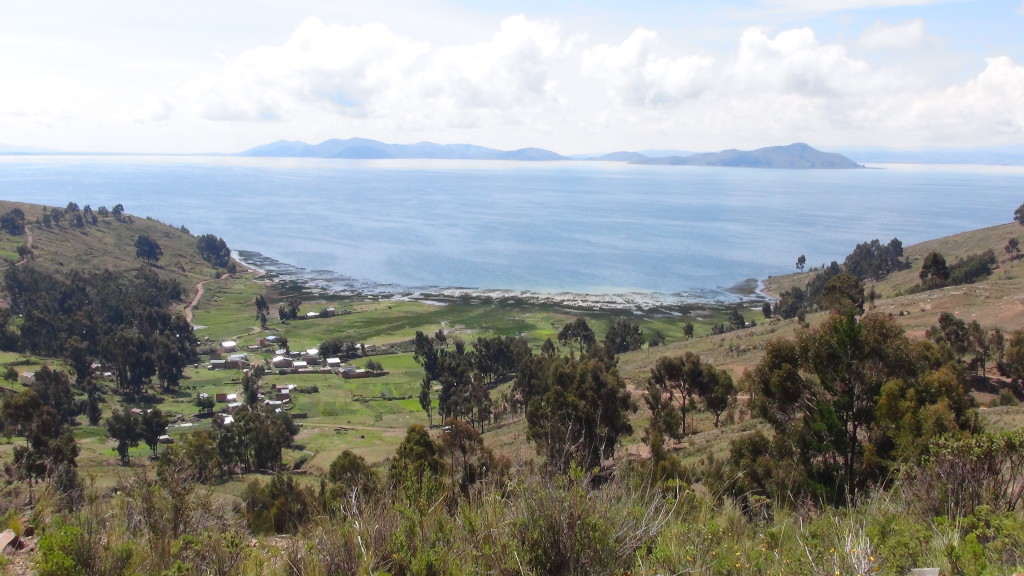
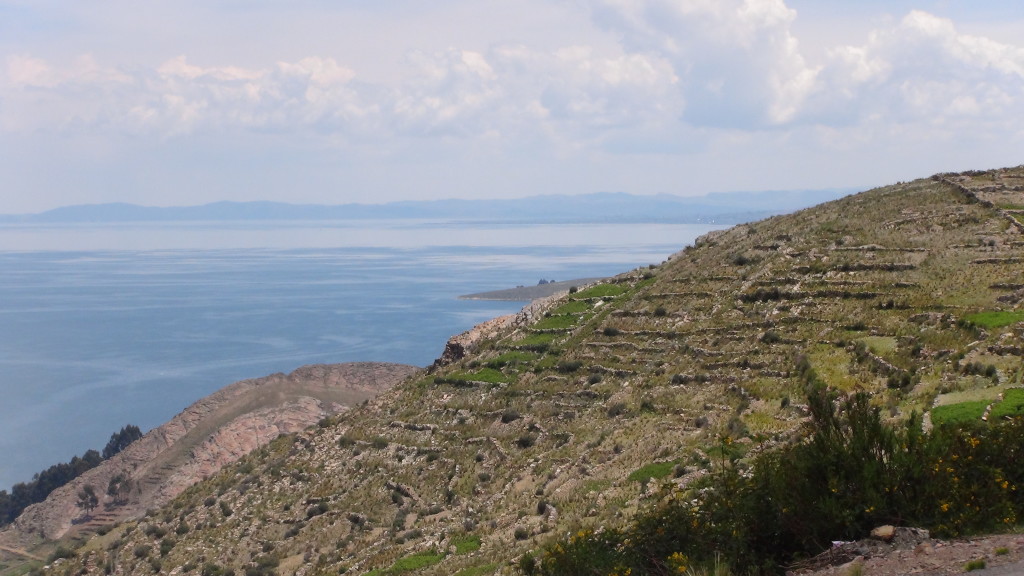
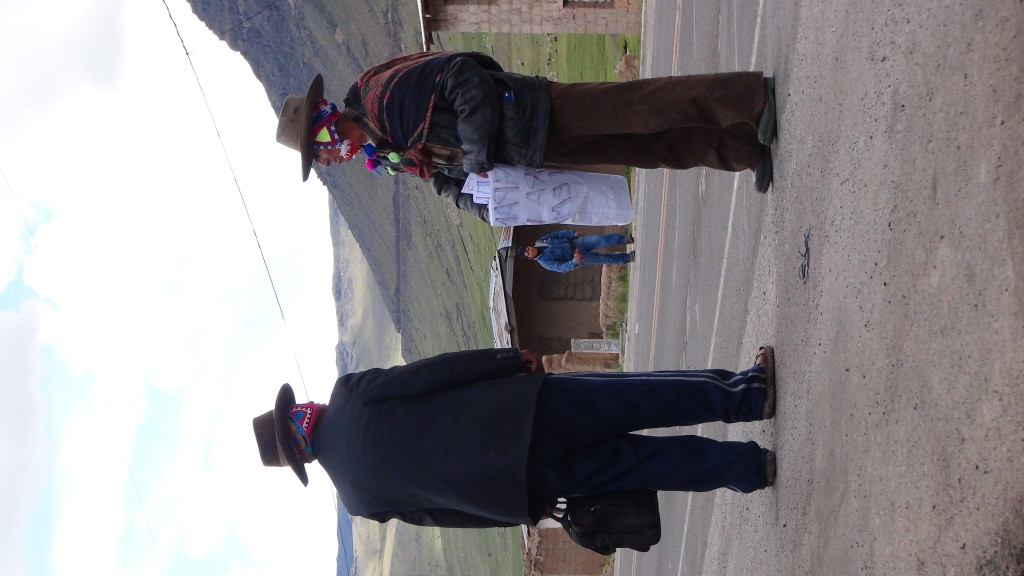
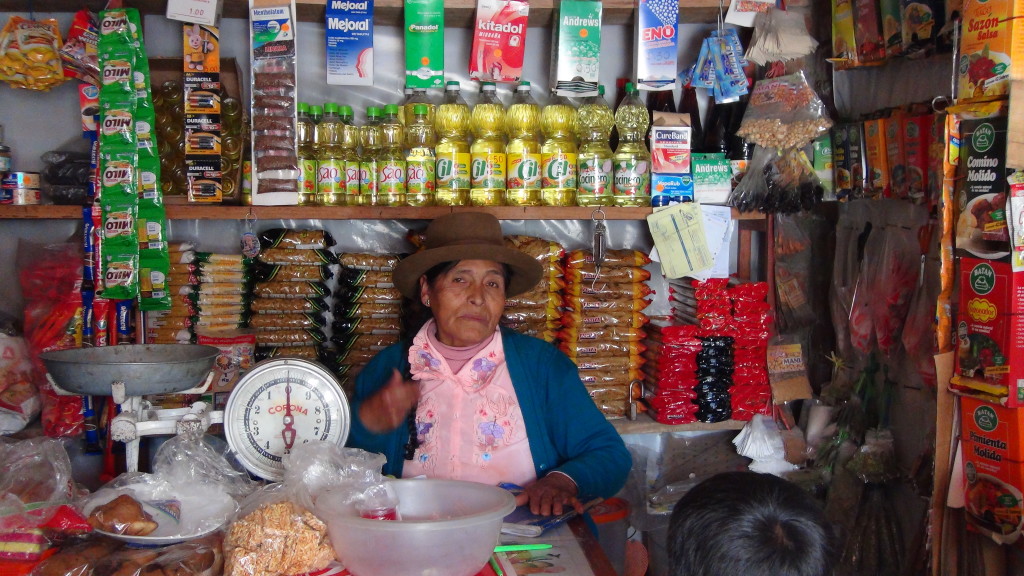
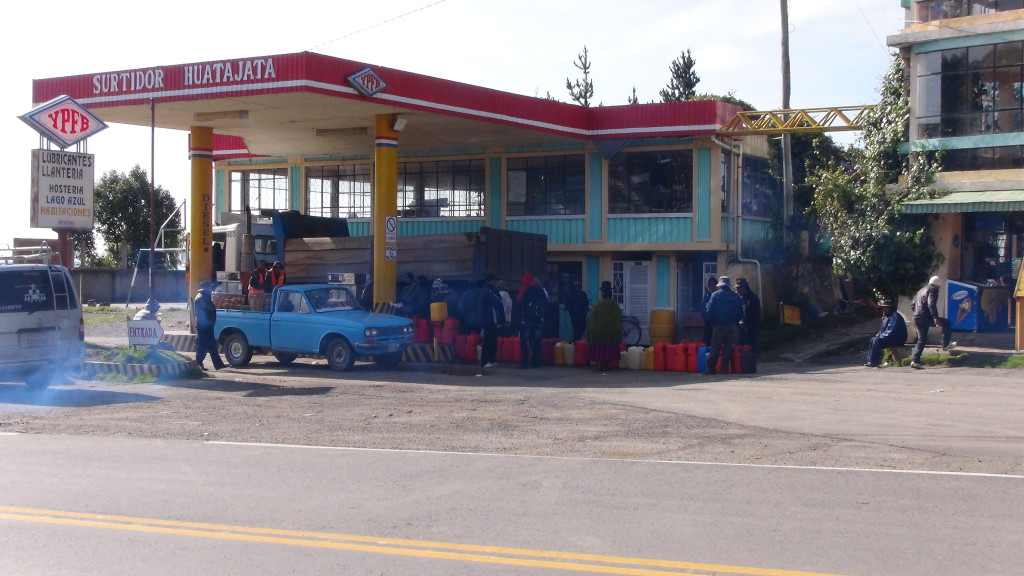
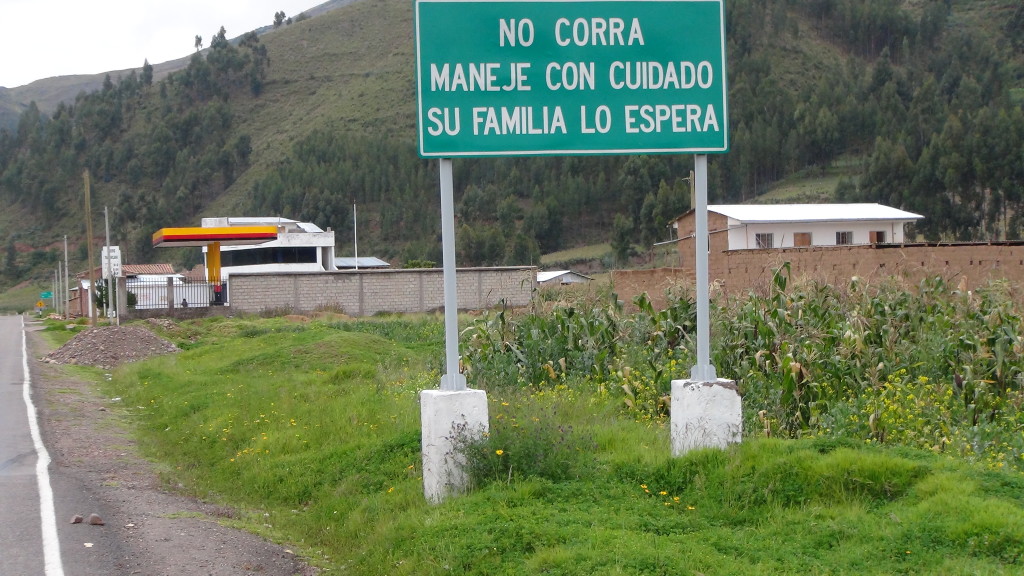
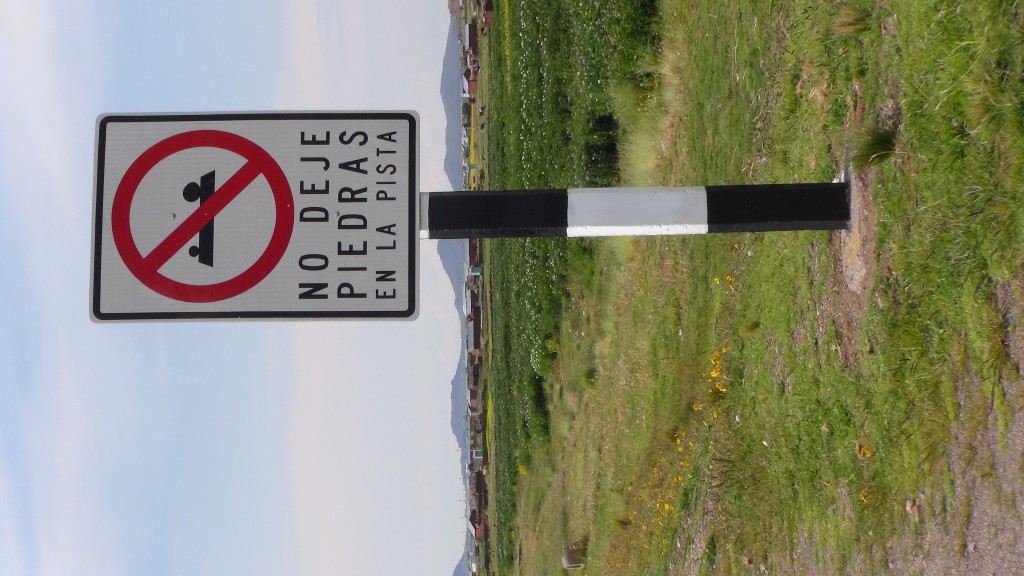
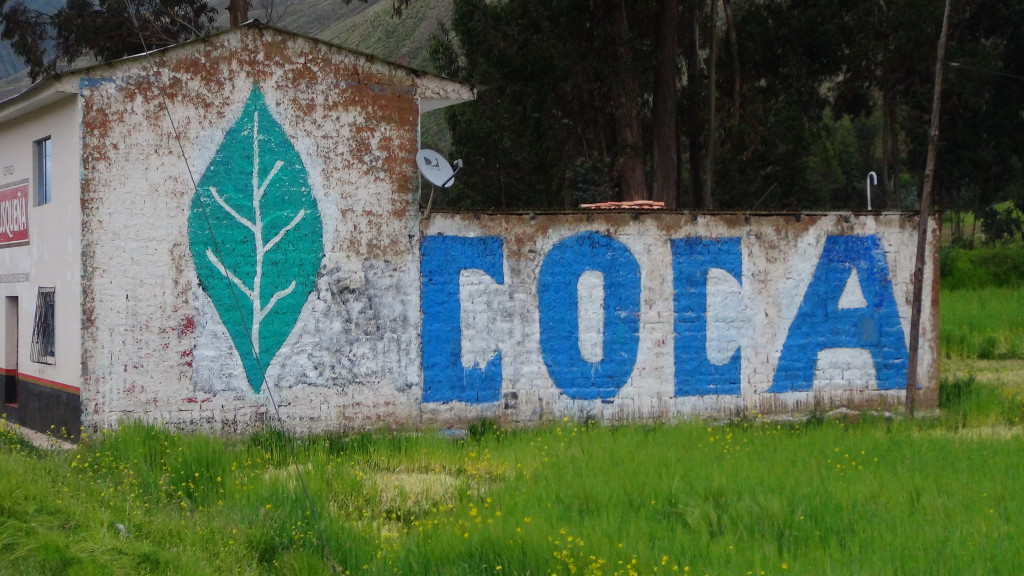
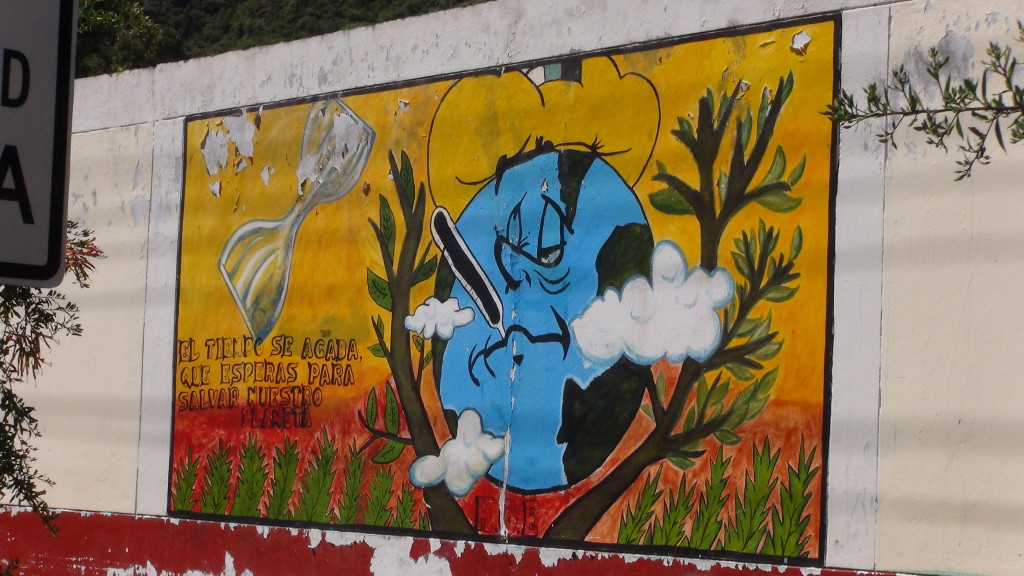
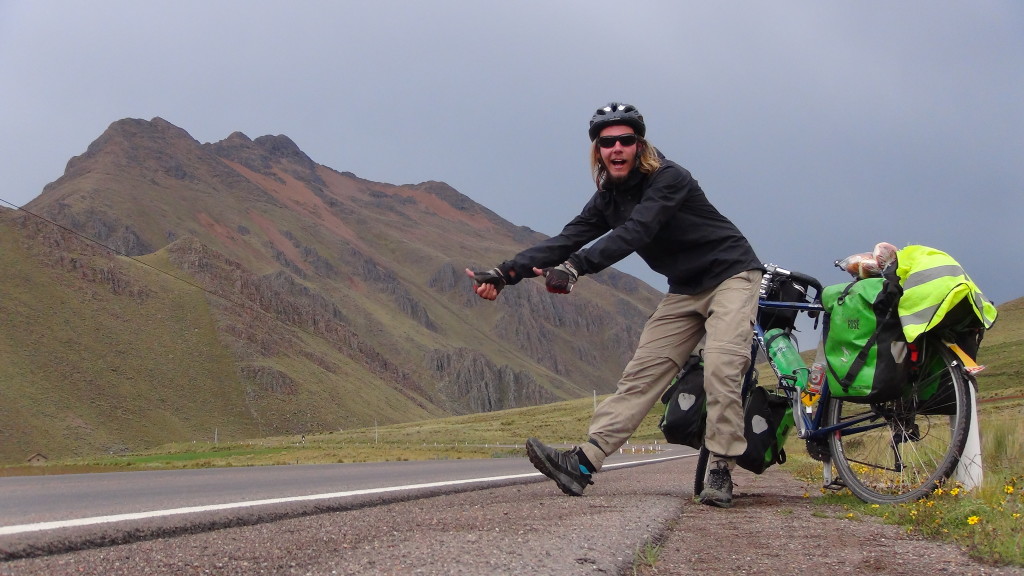
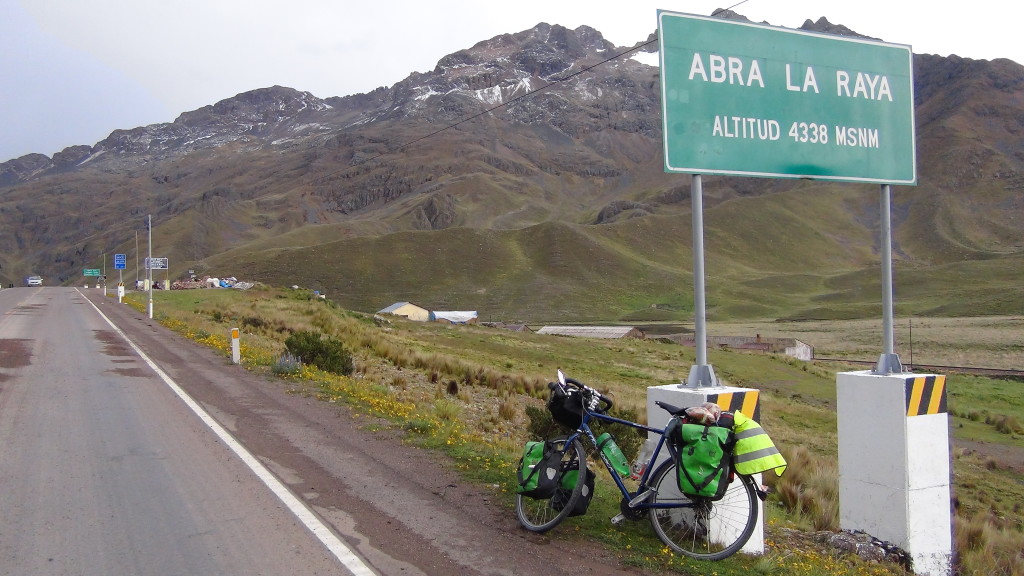
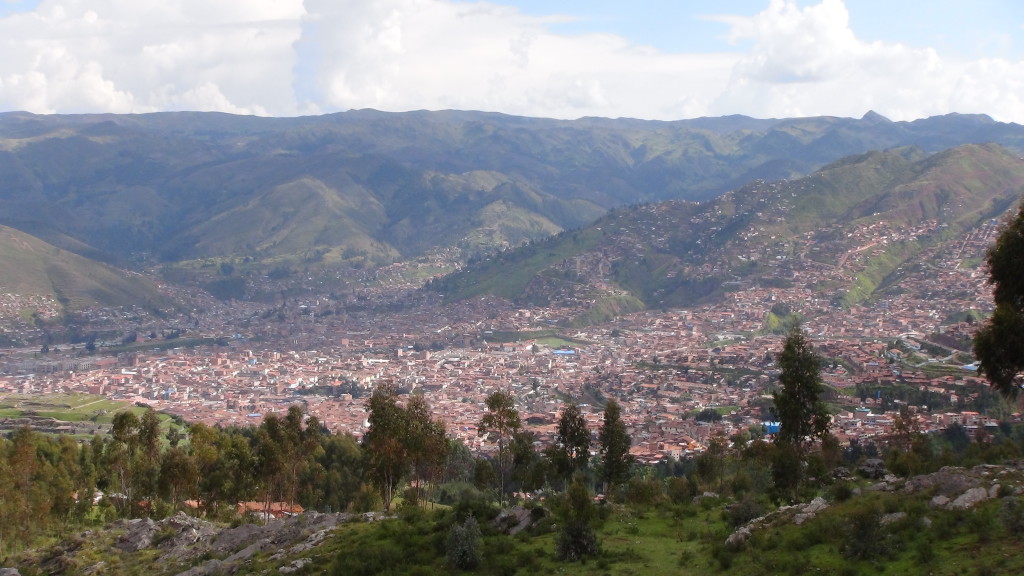
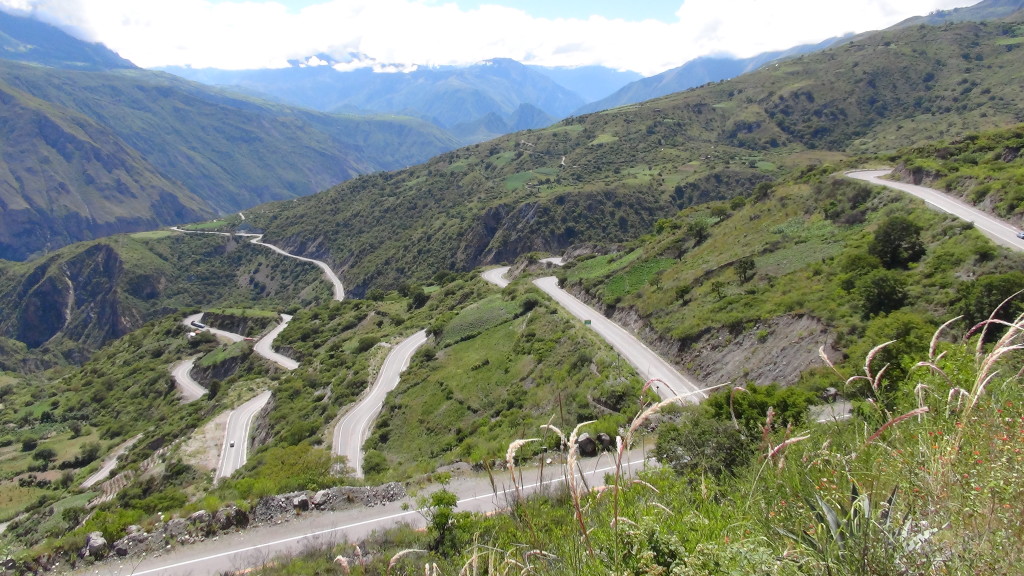
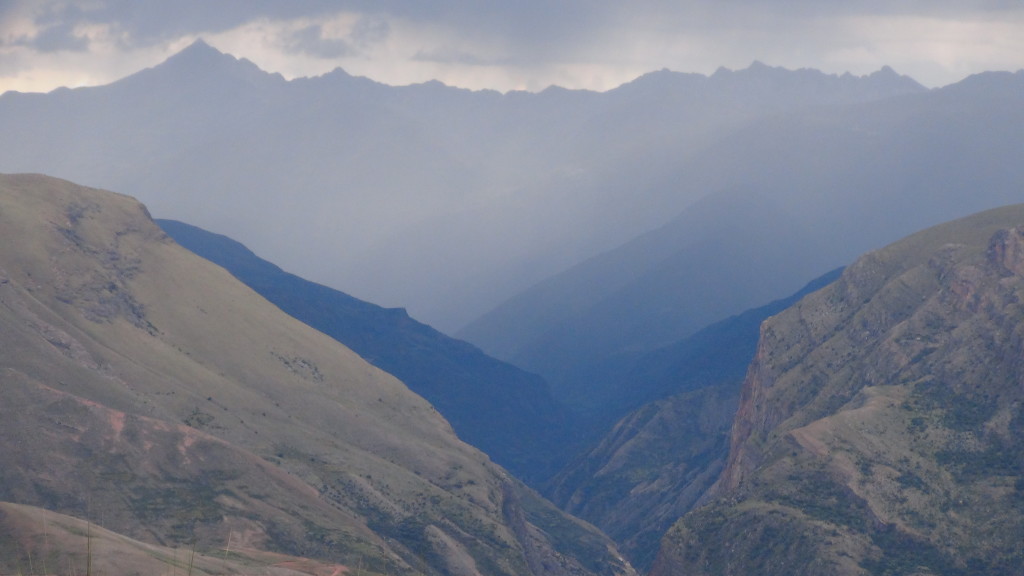
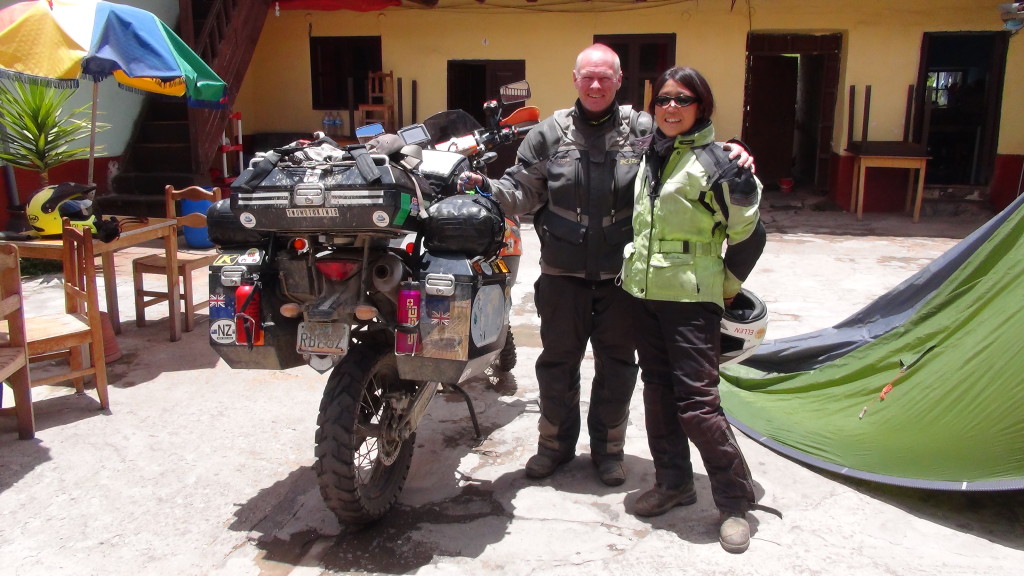
Grande Alfred !!
Que bueno que estés pronto por encontrarte con tu amigo en Cuzco para subir a Machu Picchu, esperamos mas posts luego que termines de recorrer Perú.
Desde Antofagasta (Chile) te deseo buena suerte y espero que pronto nos volvamos a encontrar.
Saludos, Jaime.
Dear Alfred.
Are you the friend of Martin,who promised me to stay in Contact and send news during his biketrip in South America?
Ey gringo!
Kul som vanligt att läsa, ska bli kul att höra lite om hur det är nu när du har sällskap av Martin. 🙂
Fortsätter att heja på er!
Kram
Fantastiskt!